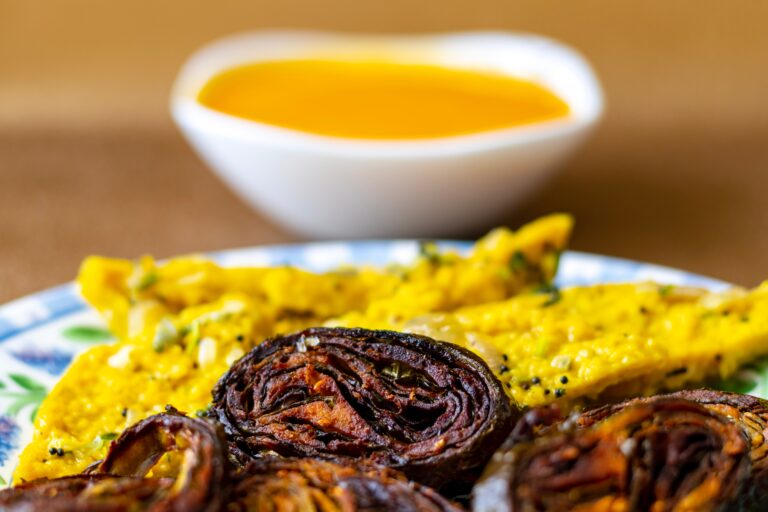Ladakh, which is inhabited by Indo-Aryans and Tibetans, is one of the least populated areas in the region. The remote mountain beauty and culture of Ladakh are well-known. Because it has been heavily influenced by Tibetan culture, it is sometimes referred to as “Little Tibet.”
Ladakh was once a Buddhist kingdom that included Baltistan and Aksai Chin, which are now administered by Pakistan and China. It is the Indian state of Kashmir’s highest plateau, with much of it exceeding 3,000 meters (9,800 ft). The Himalayan and Karakoram mountain ranges and the upper Indus River valley are all part of it.
The Baltistan (Baltiyul) valleys, the Indus Valley, the remote Zangskar, Lahaul, and Spiti to the south, Ngari including the Rudok region and Guge in the east, Aksai Chin in the east, and Nubra valley to the north over the Khardung La in the Ladakh mountain range, were historically part of the region. Tibet to the east, Lahaul and Spiti to the south, the Vale of Kashmir, Jammu, and Baltiyul to the west, and East Turkistan’s trans–Kunlun territory on the other side of the Kunlun range across the Karakoram Pass to the far north.
Climate
The change in altitude throughout the region, which ranges from 2500m to 7500m, creates a climate of extremes in Ladakh. Winter lasts from December to February and is extremely cold, with temperatures as low as -30 degrees Celsius.
Roads are closed due to ice, snow, and freezing temperatures. During the summer, Ladakhs prepare to spend the winter months indoors.
The best months to visit Ladakh are May to October, which includes the summer months of July and August, when temperatures range from 20 to 40 degrees Celsius. The summer heat in Ladakh is dry and pleasant. Only during the summer months, when the roads are open, does VBB operate.
Culture
The strong influence of Tibetan culture in the region, Ladakh is sometimes referred to as “Little Tibet.” It is primarily a Buddhist district, with religion continuing to play an important role in the culture. Thikse, Alchi, Hemis, and Lamayuru are just a few of the famous monasteries in the area, all of which have typical architectural features of Tibetan construction.
Despite the political unrest in Kashmir, Ladakh has remained a peaceful region. The richly painted murals associated with mystical Tibetan Buddhism adorn the interiors. Outdoor festivals, such as local polo games, archery, and folk dancing, are popular during the summer.
Food
Leh offers a diverse range of culinary experiences, ranging from rich, creamy Kashmiri cuisine to North Indian-style thali houses to traditional Ladakhi cuisine in the best hotels in Ladakh.
Many restaurants in Leh serve a delicious Chicken Jalfrezi as well as a diverse vegetarian menu. A visit to one of the many Kashmiri restaurants is recommended for those who enjoy delectable creamy dishes and delicate curry flavours.
During the summer, Leh is a bustling tourist destination where visitors can sample cuisine from around the world, including delicious apple pies and bread, as well as Italian, French, and Israeli cuisine, to name a few.
Try a Kashmiri tea with cardamon and mint, or stop by one of the excellent Indian chai and sweet shops.

